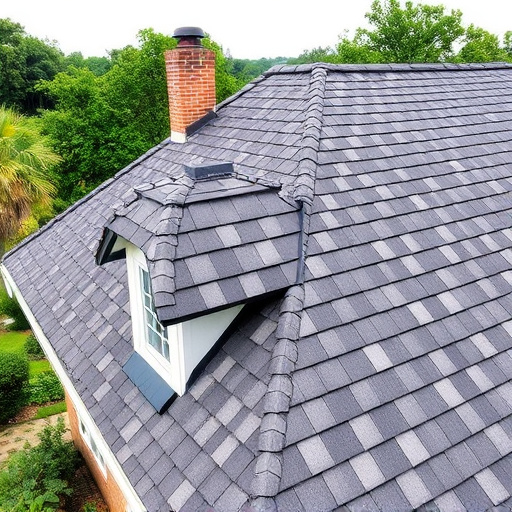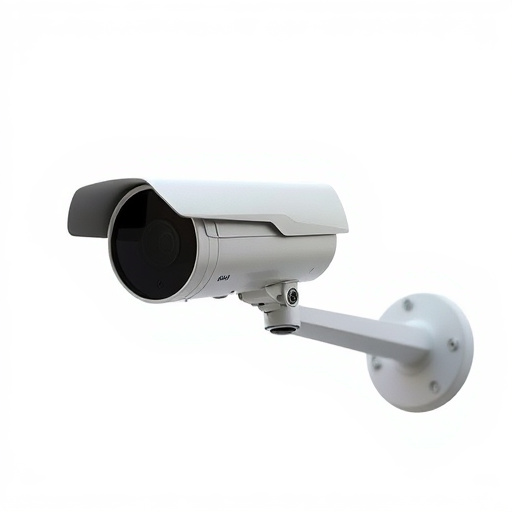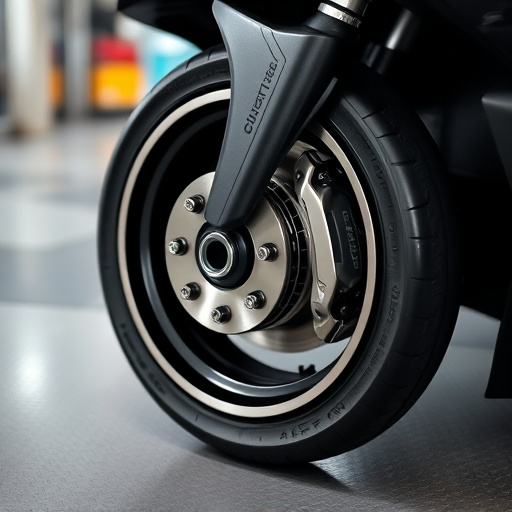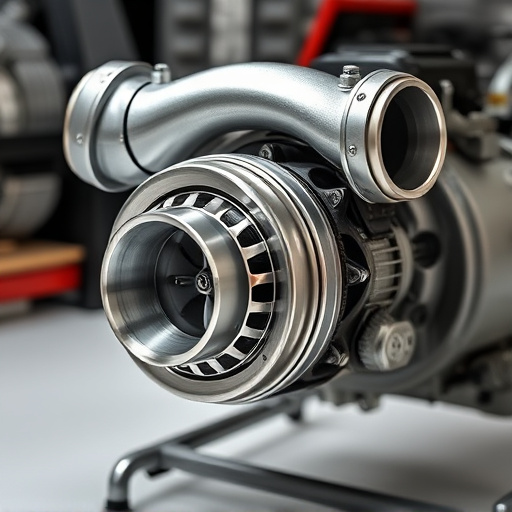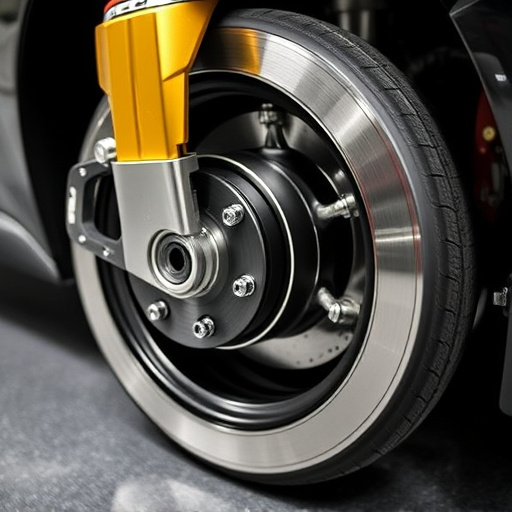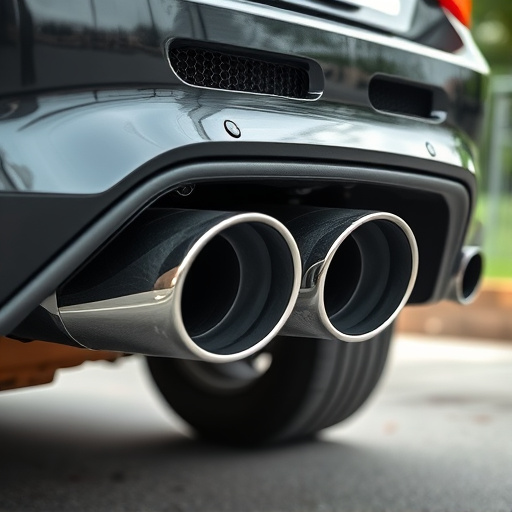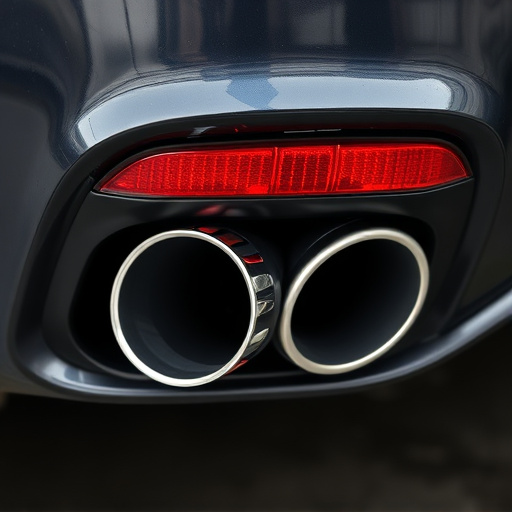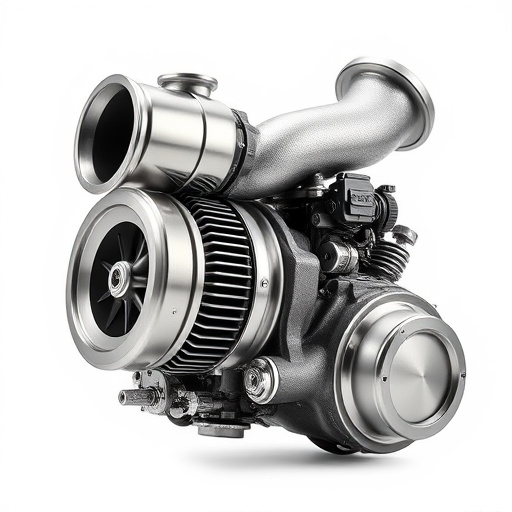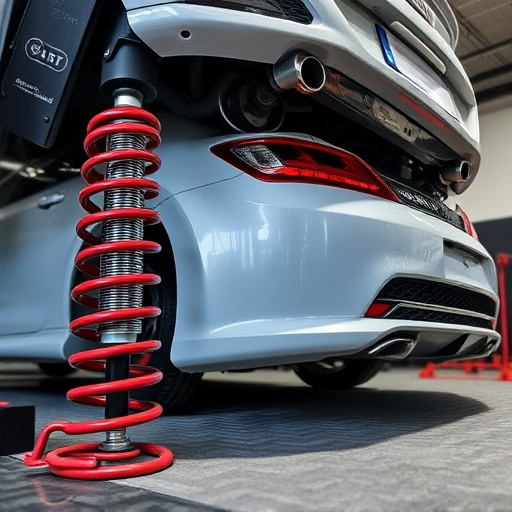Quiet performance exhaust systems are crucial for modern high-performance vehicles, significantly reducing noise levels and enhancing driver comfort. Combining these systems with sound deadening materials like mats and wraps, along with upgraded brake components and cat-back exhausts, provides a serene driving experience without compromising legal emission standards or performance. Meticulous installation, regular maintenance, and high-quality materials ensure the longevity of quiet performance exhaust systems, allowing owners to enjoy a smooth, noise-free ride.
In today’s world, minimizing noise pollution is a growing concern. For vehicles, this translates into the need for quiet performance exhaust systems. Understanding the dynamics of sound and how to dampen it is crucial for creating quieter, more environmentally friendly transportation. This article explores sound deadening additions tailored for quiet performance exhaust, delving into their benefits, common applications, and essential integration and maintenance practices.
- Understanding Quiet Performance Exhaust: The Need for Sound Deadening
- Common Sound Deadening Additions and Their Benefits
- Integration and Maintenance: Ensuring Silent Exhaust Systems
Understanding Quiet Performance Exhaust: The Need for Sound Deadening
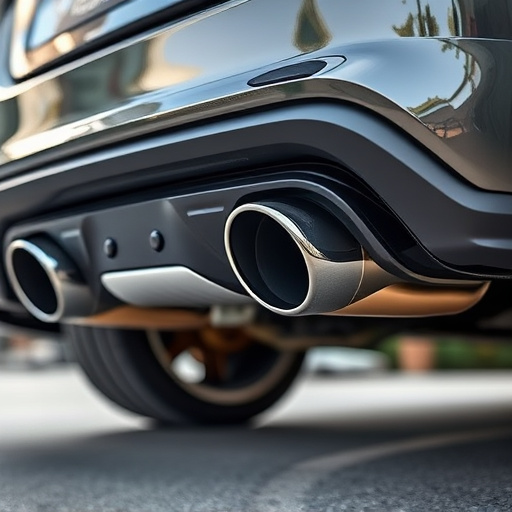
Quiet performance exhaust systems are designed to enhance driving experience by significantly reducing noise levels from engine and vehicle operations. As vehicles become more powerful with advancements in technology, especially in high-performance cars equipped with robust engines and aggressive braking systems (performance brakes), the need for effective sound deadening becomes increasingly vital.
In the world of automotive customization, where owners often upgrade their vehicles with high-performance parts, including powerful engines and top-tier brake components, addressing noise levels is a critical aspect. The focus on quiet performance exhaust isn’t just about aesthetics; it’s a requirement to ensure drivers and passengers enjoy a comfortable ride without excessive noise pollution. Effective sound deadening techniques are essential in mitigating the cacophony generated by these high-performance systems, contributing to a smoother, quieter driving experience.
Common Sound Deadening Additions and Their Benefits
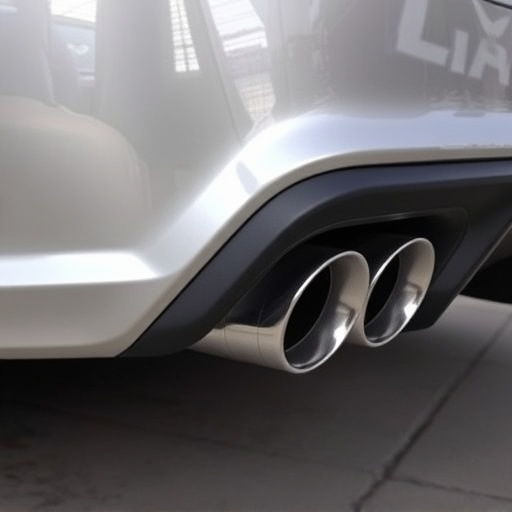
In the quest for a quieter ride, many vehicle owners opt to incorporate sound deadening additions to their quiet performance exhaust systems. Common choices include insulating materials like sound deadener mats and wraps, which are strategically placed in various parts of the exhaust system. These materials effectively absorb and dissipate sound waves, significantly reducing noise levels both inside and outside the vehicle.
Additionally, components such as brake rotors and brake pads, when upgraded to quieter variants, can contribute to the overall silencing effect. A cat-back exhaust system, known for its ability to minimize backpressure and improve performance, also plays a role in quietening exhaust notes. These additions not only enhance the driving experience by minimizing noise pollution but also ensure that the vehicle meets legal sound emission standards, particularly important for those seeking a more refined and serene driving environment without compromising on their love for high-performance exhaust systems.
Integration and Maintenance: Ensuring Silent Exhaust Systems
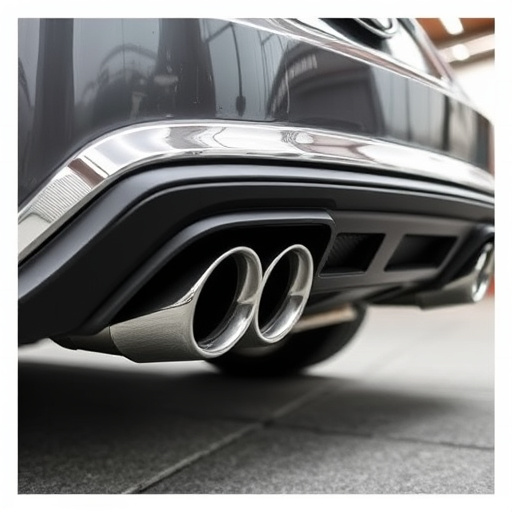
Integrating sound deadening additions into your quiet performance exhaust system requires careful planning and execution to maintain optimal performance and silence. When installing new components like suspension kits or coilover kits, it’s crucial to ensure that they seamlessly work in harmony with the existing exhaust setup. Proper alignment and secure mounting are key to preventing vibrations that could negate the benefits of sound deadening materials. Regular maintenance checks post-installation are equally vital. This includes inspecting for any loose connections, re-tightening bolts, and replacing worn-out parts to keep the system running smoothly without compromising noise levels.
Over time, sound deadening materials may degrade or shift, requiring periodic reinforcement or replacement. Using high-quality products from the outset can significantly extend their lifespan. Regular cleaning and inspection will help identify any issues early on, allowing for quick remediation. By combining these maintenance practices with the right components, you’ll maintain a quiet performance exhaust system that continues to deliver optimal driving experience without excessive noise pollution.
In conclusion, sound deadening additions play a pivotal role in enhancing the quiet performance of exhaust systems. By understanding the need for noise reduction, exploring common effective solutions, and ensuring proper integration and maintenance, vehicle owners can significantly contribute to quieter roads and improved driving experiences. Embracing these strategies, in turn, promotes environmental harmony by reducing noise pollution, making our spaces more serene.


